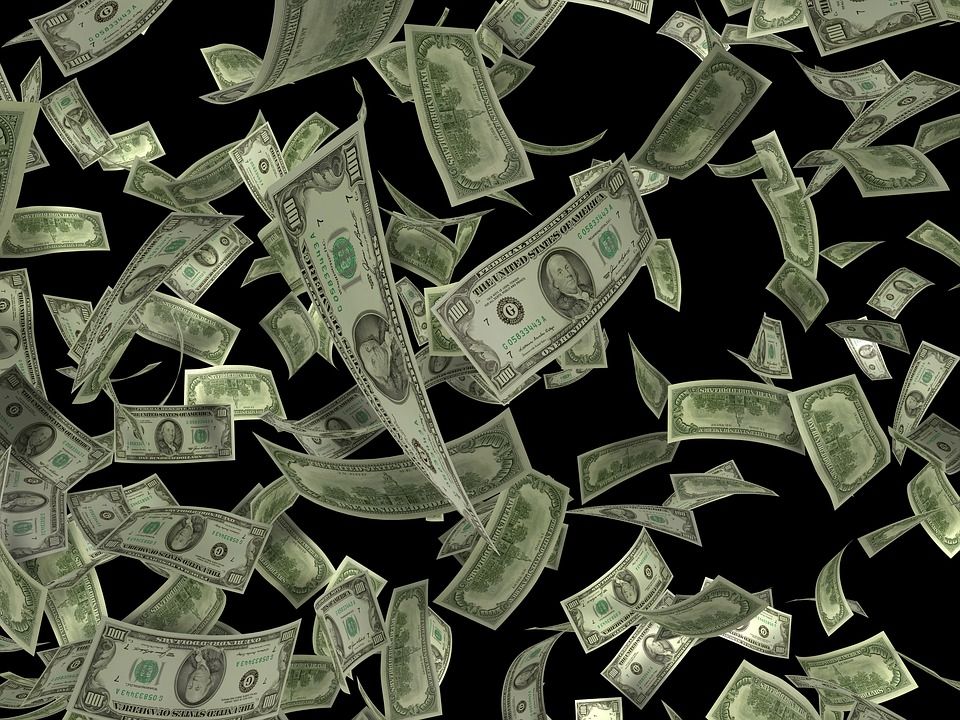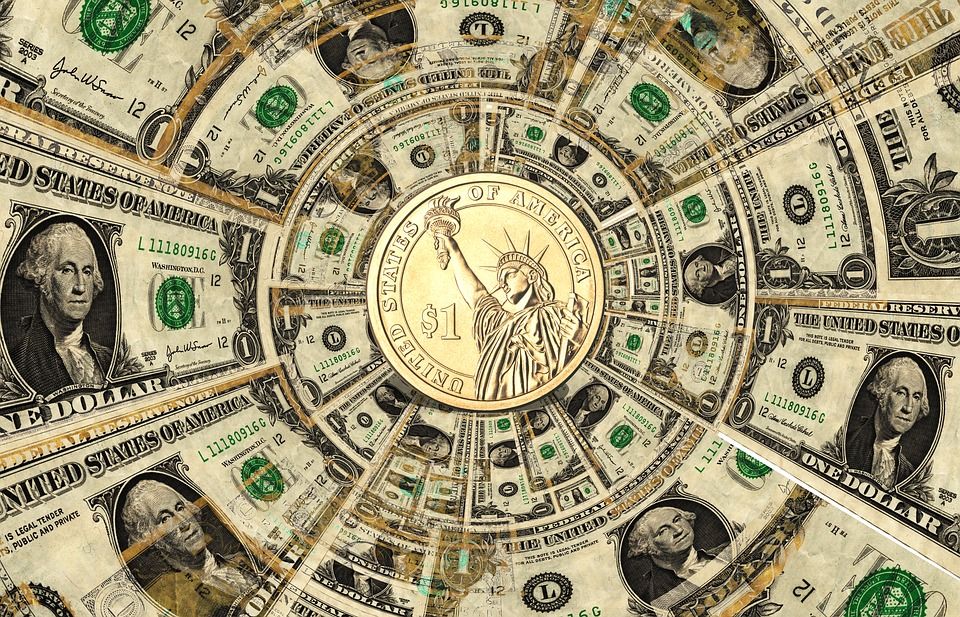FED Handling Liquidity Crisis
As borrowing rates between banks surged up to 10%, the FED had to come to the rescue with a special operation in order to ease the stress in financial markets. Traders are trying to figure out what caused the unexpected rate spike in a critical but hidden part of the financial system—the market for repurchase agreements. The rate on overnight repurchase agreements hit 5% on Monday, Sep 16, with the surge continuing on Tuesday, with the overnight rate hitting a high of 10% before the Fed took action by pumping an initial $53 billion into the system. This also marks the first operation of this kind since the previous financial crisis in 2008.
Why Repo is an Important Tool
The repo operation is a handy tool that central banks usually use to stabilize markets from short-term shocks. The Fed injects liquidity and the banks pay it back in 24 hours. Whenever repo rates come under sharp and unexpected pressure, investors are going to question whether the cause was something short-term, or whether there is cause for concern in the market. That could be a surge in perceptions of risk or a major deficit of cash, such as big trading losses.However, these types of operations are becoming a problem when interventions are needed intermittently. While this does not represent a crisis yet, it’s a signal that will put traders on the lookout. Another $75 billion FED repo also came on the day the Federal Reserve diminished their target interest rates by 0.25% on Sep 18. That marks the second rate slashing of 2019 after the central bank lowered its policy interest rate by a quarter-point for the first time in more than a decade in July as officials tried to protect the economy against uncertainty generated by the trade war.The longer this continues, and it will for now, the more it will be seen by #investors as (pick your term): stealth/lite/backdoor QE.
— Mohamed A. El-Erian (@elerianm) September 23, 2019
The big question is whether,for #markets empowered to believe they can force the hands of the #Fed, this will be seen as a prelude to a formal #QE pic.twitter.com/7Fg48HZu2T
Quantitative Easing to be Re-Instated?
The unexpected repo operation by the FED coupled with a continuously decreasing interest rate environment is increasing the likelihood of the re-emergence of quantitative easing (QE) – the Federal Reserve bond-buying program. After last week’s $200 billion injection, the overnight repo market continues to struggle to find balance, as the FED was forced to pump another $65 billion on Monday Sep 23. Considering the latest developments, experts already hint at a potential stealth quantitative easing program employed by the central bank. Since the 2008 crisis, these tools have flooded the US money supply and weakened the purchasing power of the dollar, to the detriment of the USD holder. The current unstable repo market should once again raise questions whether the FED has the ability to get it under control without billing their citizens.
What is your opinion on the repeated intervention from the FED? Is this a sign of a bigger liquidity crisis that is yet uncovered? Let us know in the comments!
Since the 2008 crisis, these tools have flooded the US money supply and weakened the purchasing power of the dollar, to the detriment of the USD holder. The current unstable repo market should once again raise questions whether the FED has the ability to get it under control without billing their citizens.
What is your opinion on the repeated intervention from the FED? Is this a sign of a bigger liquidity crisis that is yet uncovered? Let us know in the comments!
Image courtesy of Twitter, Shutterstock, Pixabay.
Disclaimer
In adherence to the Trust Project guidelines, BeInCrypto is committed to unbiased, transparent reporting. This news article aims to provide accurate, timely information. However, readers are advised to verify facts independently and consult with a professional before making any decisions based on this content. Please note that our Terms and Conditions, Privacy Policy, and Disclaimers have been updated.
